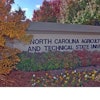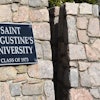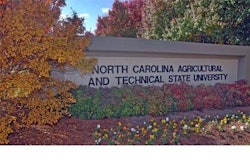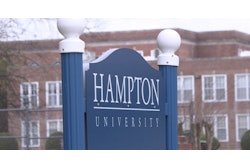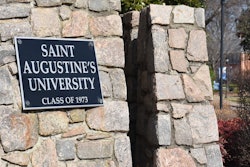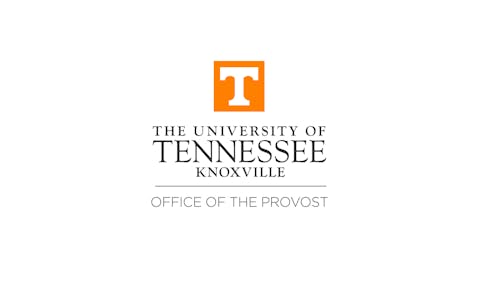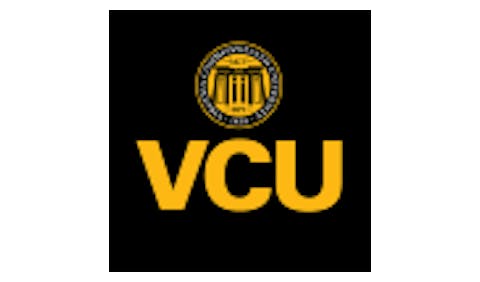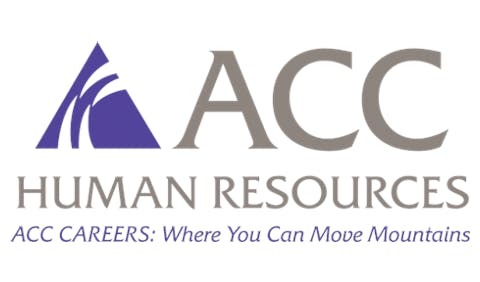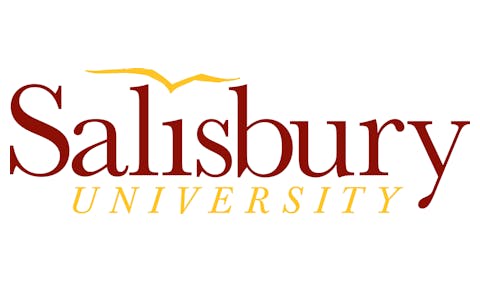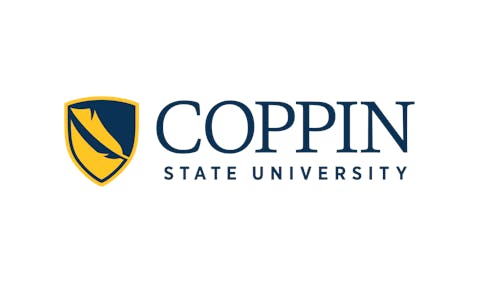The numbers tell a stark story. Over four years, fewer than 500 books were checked out from Claflin University’s H.V. Manning Library. In a collection of 80,000 volumes, that’s a wake-up call no administrator can ignore.  Dr. Dwaun J. Warmack at the library's ribbon-cutting ceremony last year.
Dr. Dwaun J. Warmack at the library's ribbon-cutting ceremony last year.
Walking into the newly renovated H.V. Manning Library today feels more like entering a tech startup than a traditional academic repository. Gone are the towering stacks and hushed reverence of the old guard. In their place: podcast recording studios, virtual reality pods, an Amazon Astro robot that greets visitors, and study spaces equipped with smart displays and cameras.
“When you all of a sudden say, ‘hey, these 80,000 books that we have here are not the future of a library,’ that’s hard,” admits Bill Kropff , Claflin’s Director of Auxiliary and Facility Services, who managed the renovation project. But hard doesn’t mean wrong.
The Great Purge- With Purpose
The transformation wasn’t about destroying history—it was about embracing the future. The team carefully preserved 1,000 essential titles, including their African American collection, pastoral collection, and university archives. Everything else? Donated or digitized.
“We’re in a digital age now, and our students really are learning in a digital way,” Kropff tells Diverse. The proof is in the pudding. Within a month of opening, the new podcast room alone logged 200-300 individual uses.
Dr. Marilyn Gibbs Drayton, the library’s director and a 1979 Claflin alumna, has witnessed this evolution firsthand.
“When I first arrived at Claflin, I think there may have been one computer on the entire campus,” she recalls. Now she oversees a space where students can dive into augmented reality, record professional podcasts, and collaborate in tech-enabled study pods that stay booked solid.
More Than Gadgets
But Muhammad Hossain, Claflin’s Director of Instructional Technology, insists this isn’t about flashy tech for tech’s sake. “At the end of the day, it is a tool. It’s a means to learn, and we need to prepare our students,” he says.
That preparation matters deeply at an institution founded on providing educational access to those who historically lacked it.
“One of the important things is knowing the history of Claflin,” says Hossain, also a university alumnus. “Claflin’s foundational goal is to provide access to education for folks who don’t have access. With everything we do, even implementing technology, we want to make sure it’s equitable and not creating a divide.”
The renovation reflects President Dr. Dwaun J. Warmack’s broader vision for Claflin as “a leading 21st-century university that develops a diverse and inclusive community of globally engaged visionary leaders.”
At the ribbon cutting ceremony last year, Warmack hailed the renovation as groundbreaking.
“As we think about education of the future, we’re thinking about artificial intelligence, augmented reality, all of those things that are happening,” Warmack told the stakeholders who assembled at the library for the momentous event. “It’s still the same building, but it’s what we’ve done in there to make sure that our students are prepared for the 21st century and the workforce.”
For Gibbs Drayton, the transformation carries special meaning. As a child, she attended a graduation ceremony at Claflin where she met the university’s sixth president, Dr. Hubert V. Manning— the man for whom the library is named.
“He said, ‘What college are you going to when you graduate from high school? I would love for you to come to Claflin University,’” she remembers. She accepted that personal invitation, worked as a student in the library’s reference department, and now directs the very building that bears Manning’s name.
“One of my first jobs here at the university was working as a work study student in the reference department,” she says. The circle, it seems, is complete.
The Results Speak
The numbers that once spelled doom for the traditional library model now tell a success story. Foot traffic has surged. Study pods stay consistently reserved. Faculty and students are requesting programming space for collaborative projects.
“It has increased the foot traffic in here, so now we see a lot of students that are actually coming in to utilize these resources,” Gibbs Drayton notes. The library has evolved from a quiet repository into what Kropff calls “an expansion of the student center”—a bustling hub where learning happens out loud.
As Claflin opens its doors for another academic year, the H.V. Manning Library stands as more than just a renovation success story. It’s a bold statement about what higher education can become when institutions have the courage to let go of what was in service of what could be.
“The library is the heart of the campus,” Gibbs Drayton reflects. “I definitely want to thank Dr. Dwaun J. Warmack for his vision, elevation and transformation. The library is transformed.”
In an era when many universities struggle with declining enrollment and questions about their relevance, Claflin has chosen to double down on the future. They’ve traded dusty stacks for digital dreams, and their students are already living in that future.
